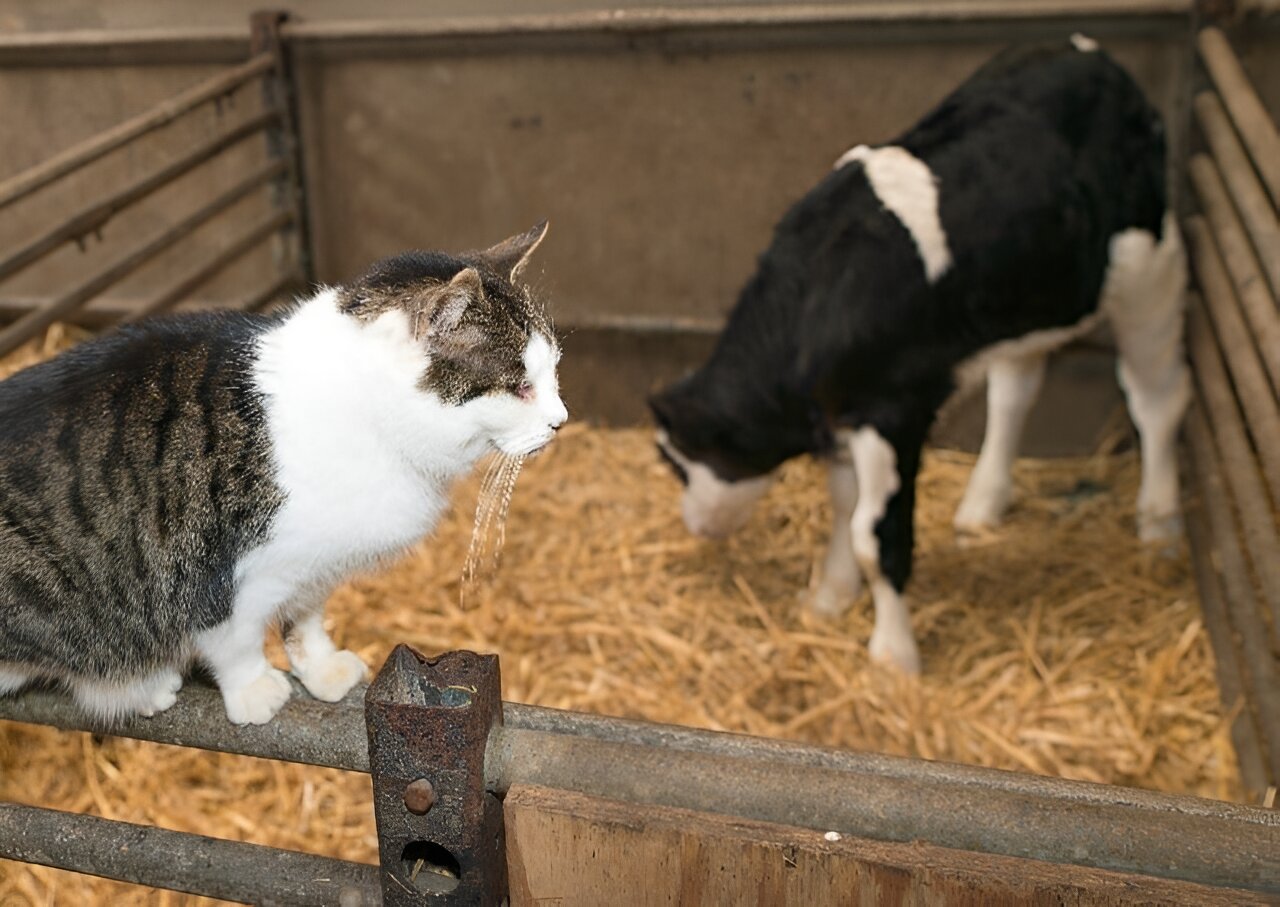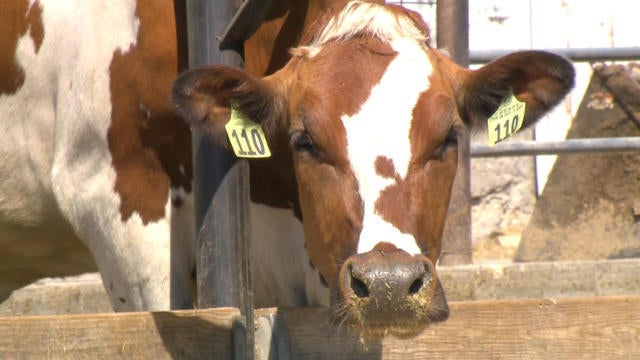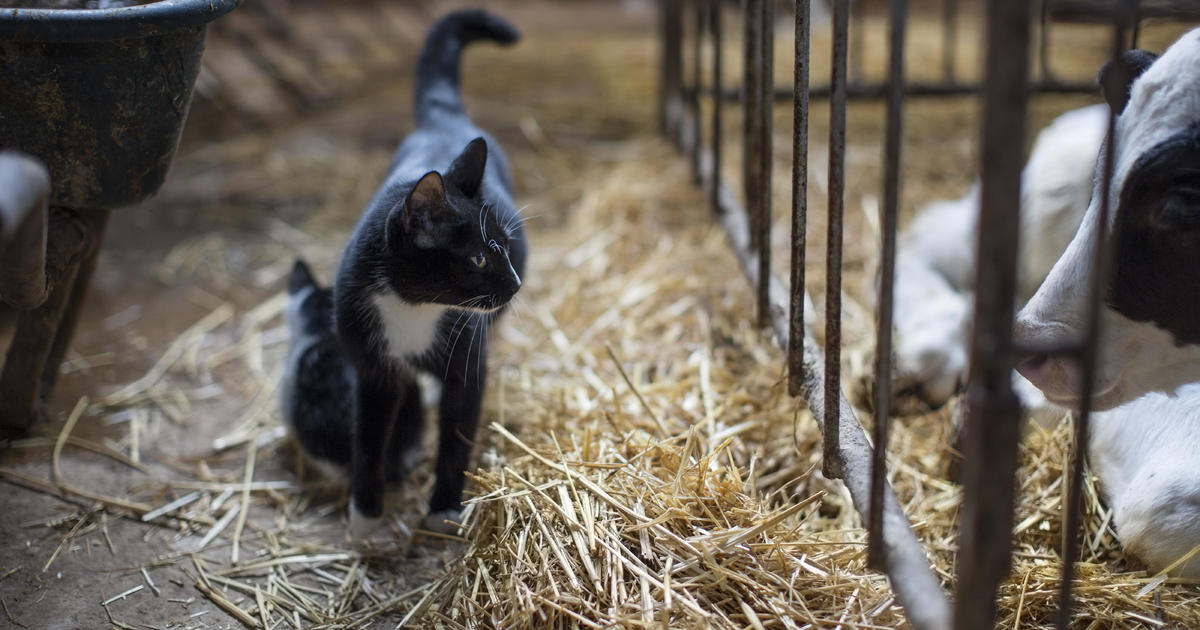In a startling revelation, scientists have disclosed that more than half of the cats residing near the first Texas dairy farm to test positive for bird flu this spring succumbed to the virus after consuming raw milk from infected cows. The findings, documented in the Centers for Disease Control and Prevention’s Emerging Infectious Diseases journal on Tuesday, shed light on the toll exacted by the unprecedented spread of highly pathogenic avian influenza (HPAI) H5N1 within the cattle industry.

Cats in Texas Farm Suddenly Fall Ill
The cats at the Texas farm fell ill shortly after being fed raw milk from cows infected with HPAI H5N1. Tragically, over half of the feline population perished as a result of the outbreak. Autopsies revealed severe systemic virus infection, with lesions consistent with H5N1 observed in various organs, including the eyes and brain.
While only a fraction of cows displayed signs of illness when infected with the virus, up to 15%, of cats are identified as particularly susceptible to severe disease from H5N1. The U.S. Department of Agriculture has highlighted the prevalence of deaths and neurological disorders in cats around farms experiencing H5N1 outbreaks.
Human and Animal Health Concerns: New CDC Guidance and USDA Measures
The recent infections have prompted the CDC to issue updated guidance for veterinarians treating suspected H5N1 cases in cats. The agency advises enhanced protective measures, such as wearing respirators and goggles, to mitigate the risk of virus transmission during veterinary procedures. Although the likelihood of humans contracting bird flu from infected cats is deemed low, prolonged and unprotected exposure to infected animals poses a potential risk. Instances of human infection suspected to result from the consumption of infected birds have been reported, underscoring the importance of caution.
Efforts to Contain the Virus Within the Farm
Authorities are intensifying efforts to contain the further spread of the virus within dairy cattle populations. The USDA announced plans to conduct tests on ground beef sold at retailers for H5N1 and explore the effectiveness of cooking beef in reducing virus transmission risk. These measures follow an earlier directive to ramp up testing on dairy cattle transported across state lines.

As of April 30, over 2,000 tests have been conducted by the USDA this month, revealing the impact on 34 dairy herds. Despite the significant number of affected herds, it’s crucial to note that this represents a small fraction of the nationwide dairy herd population, which exceeds 26,000. Results of ground beef testing are pending, with updates to be provided once available. The ongoing efforts underscore the multifaceted challenges posed by the spread of bird flu, necessitating coordinated responses to safeguard both animal and human health.
